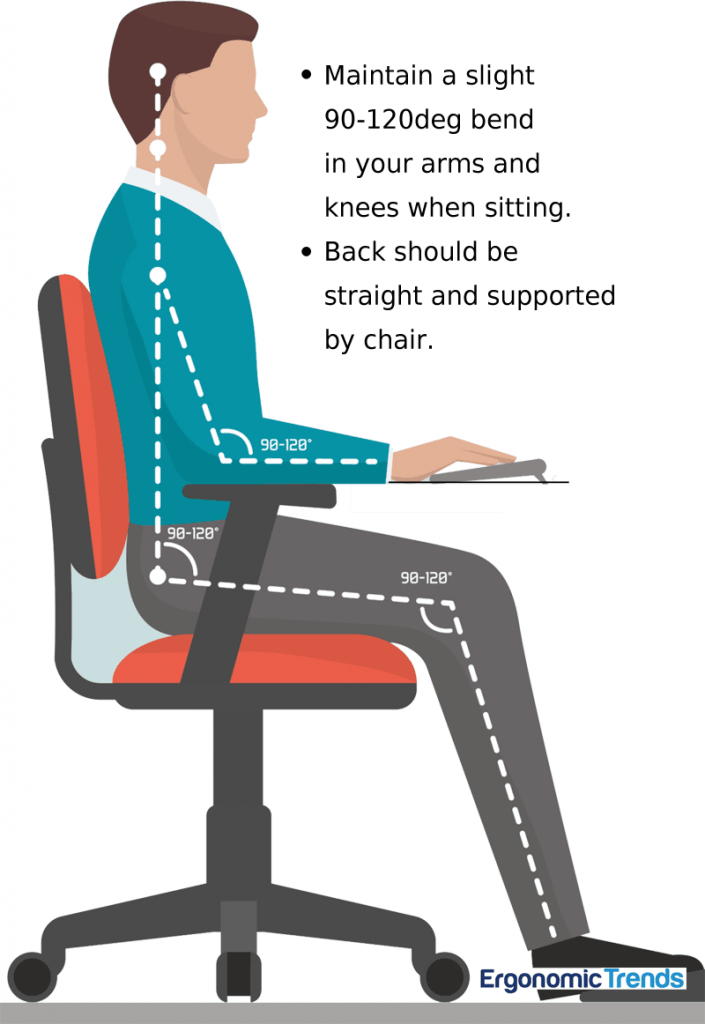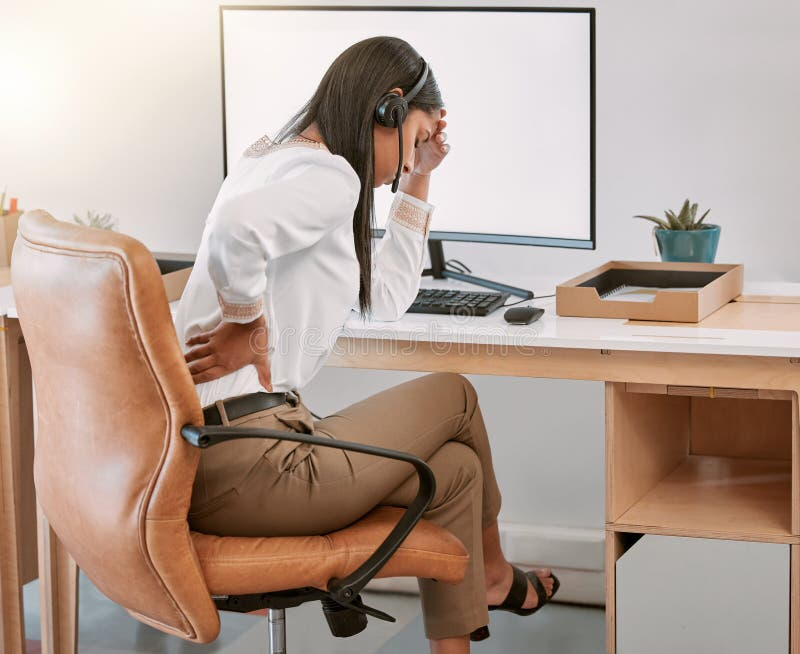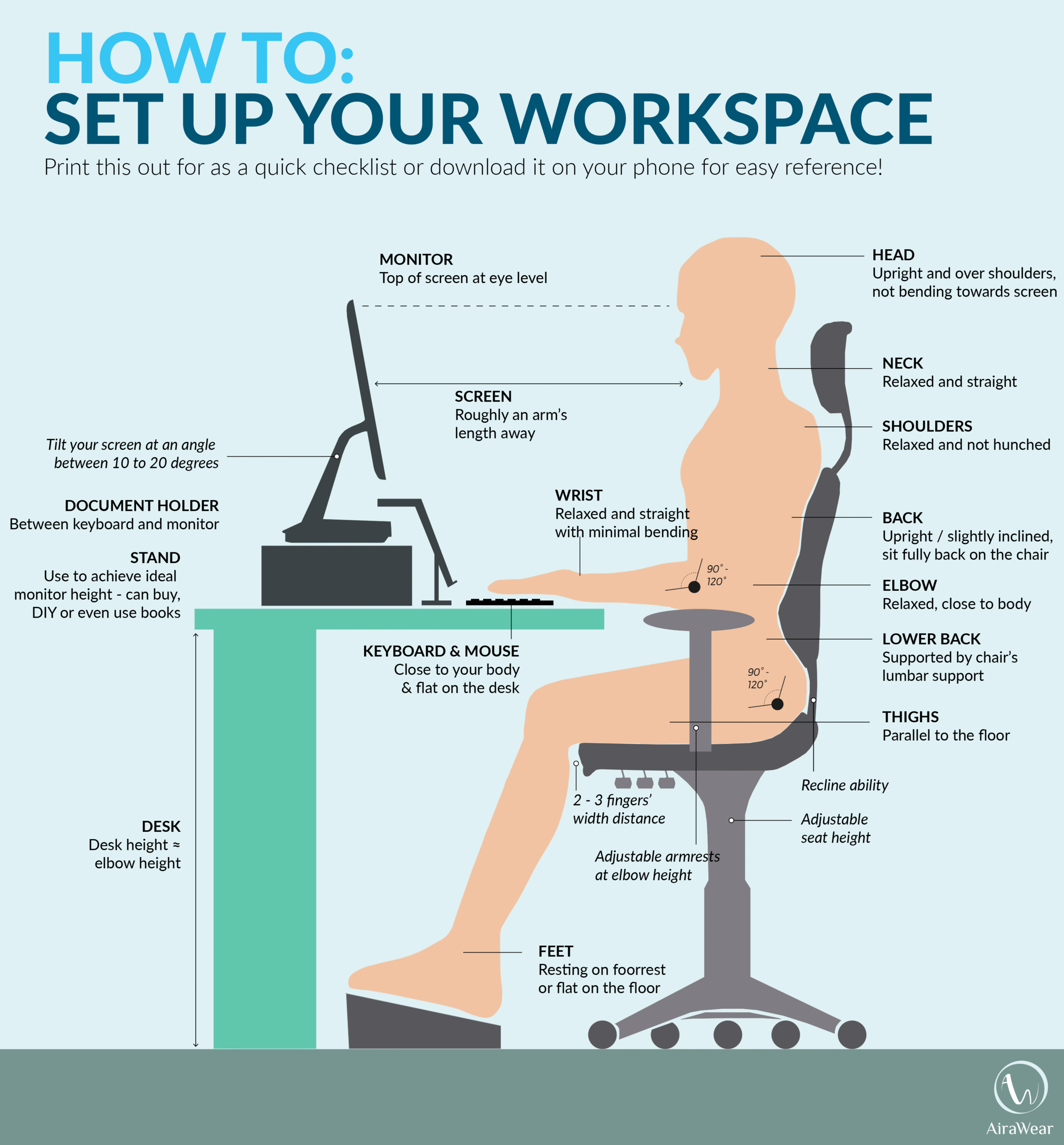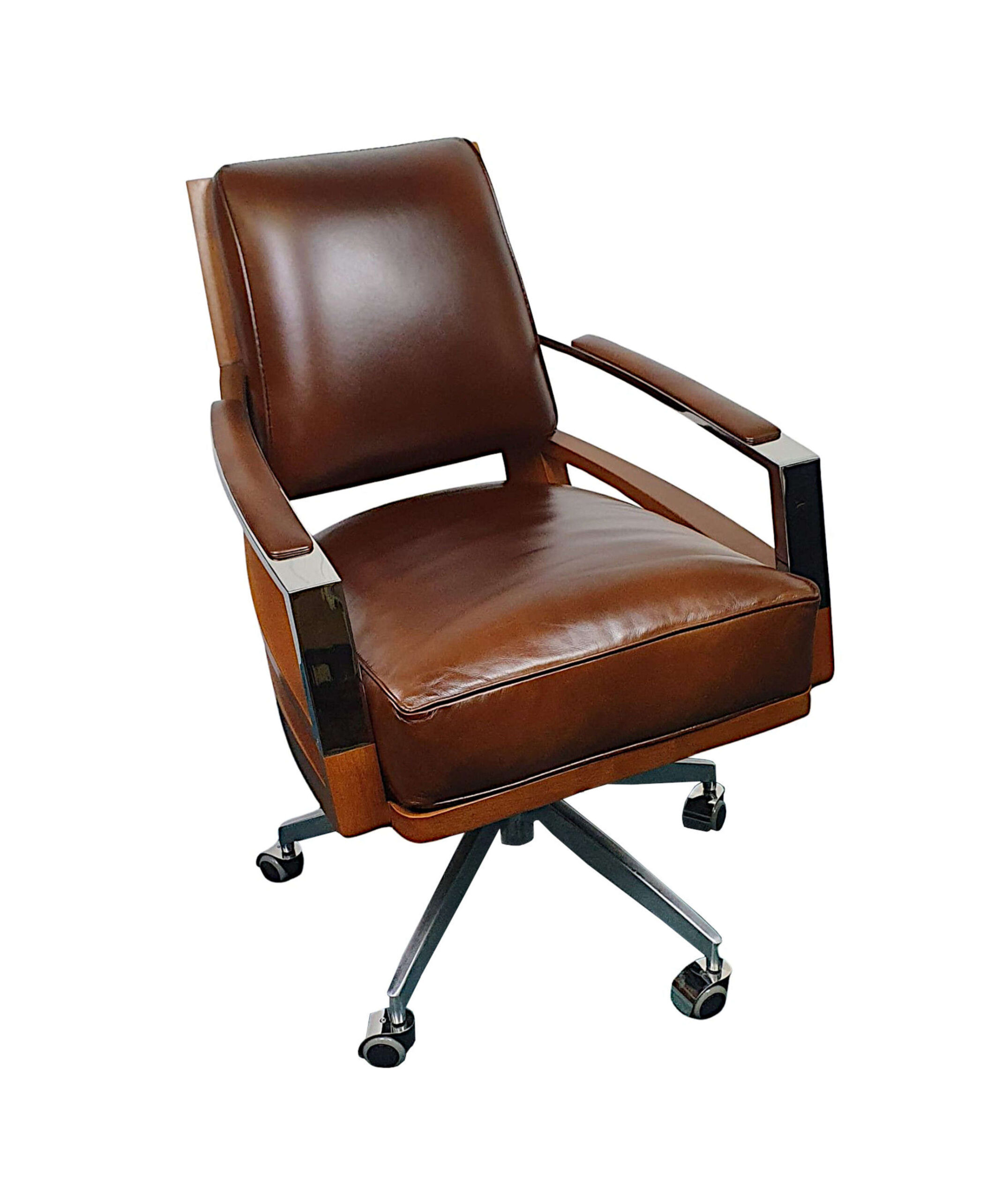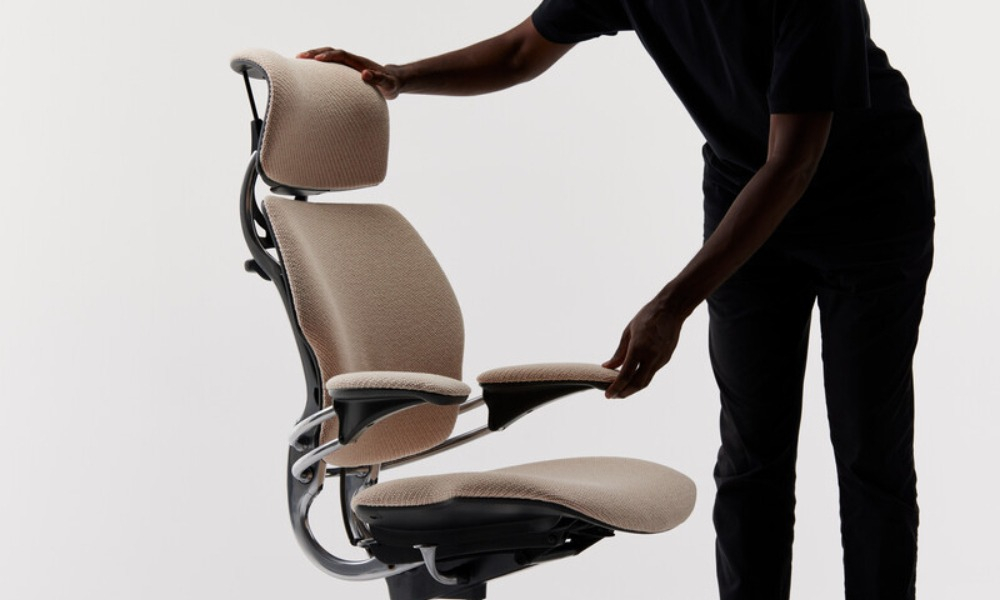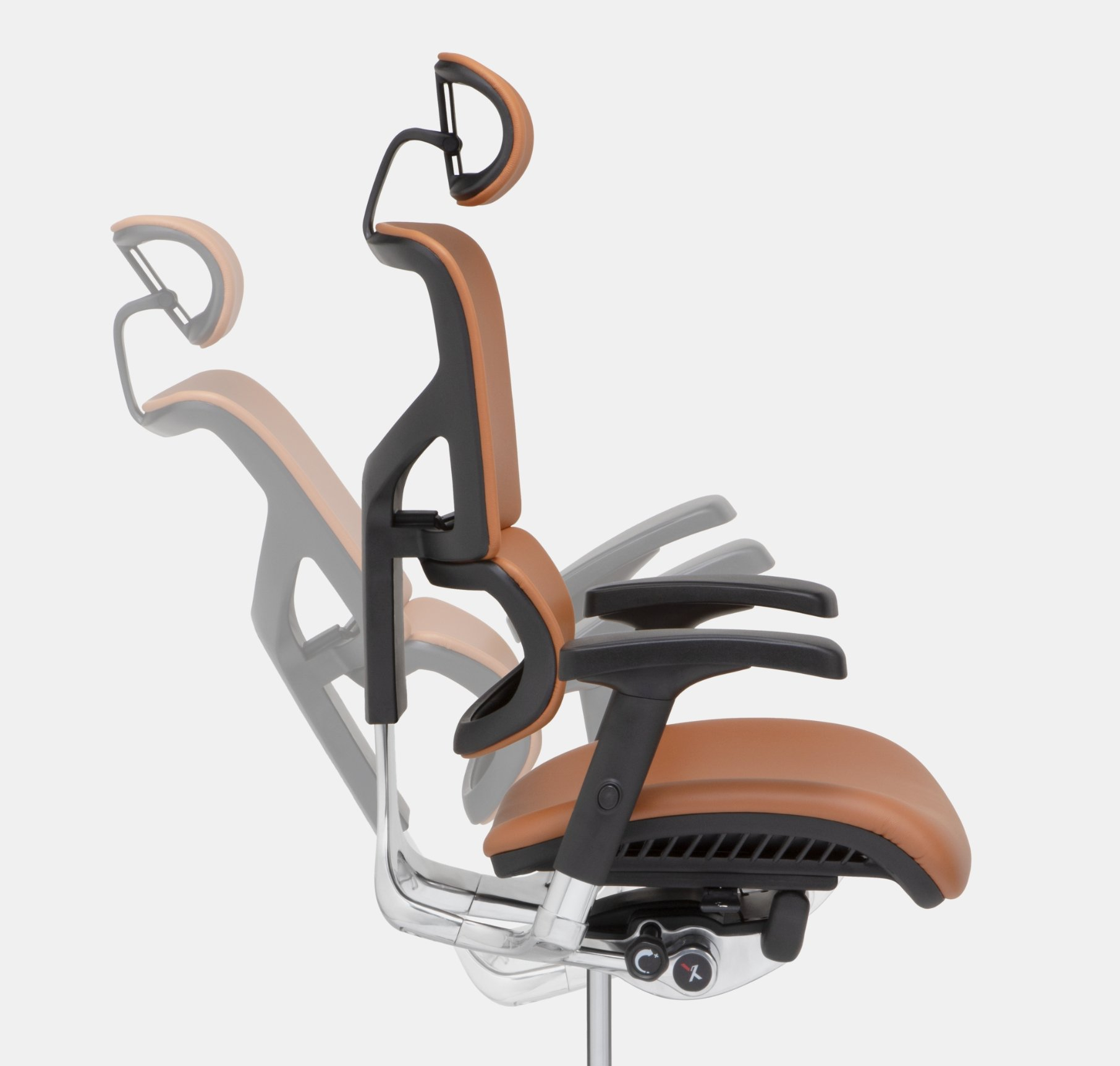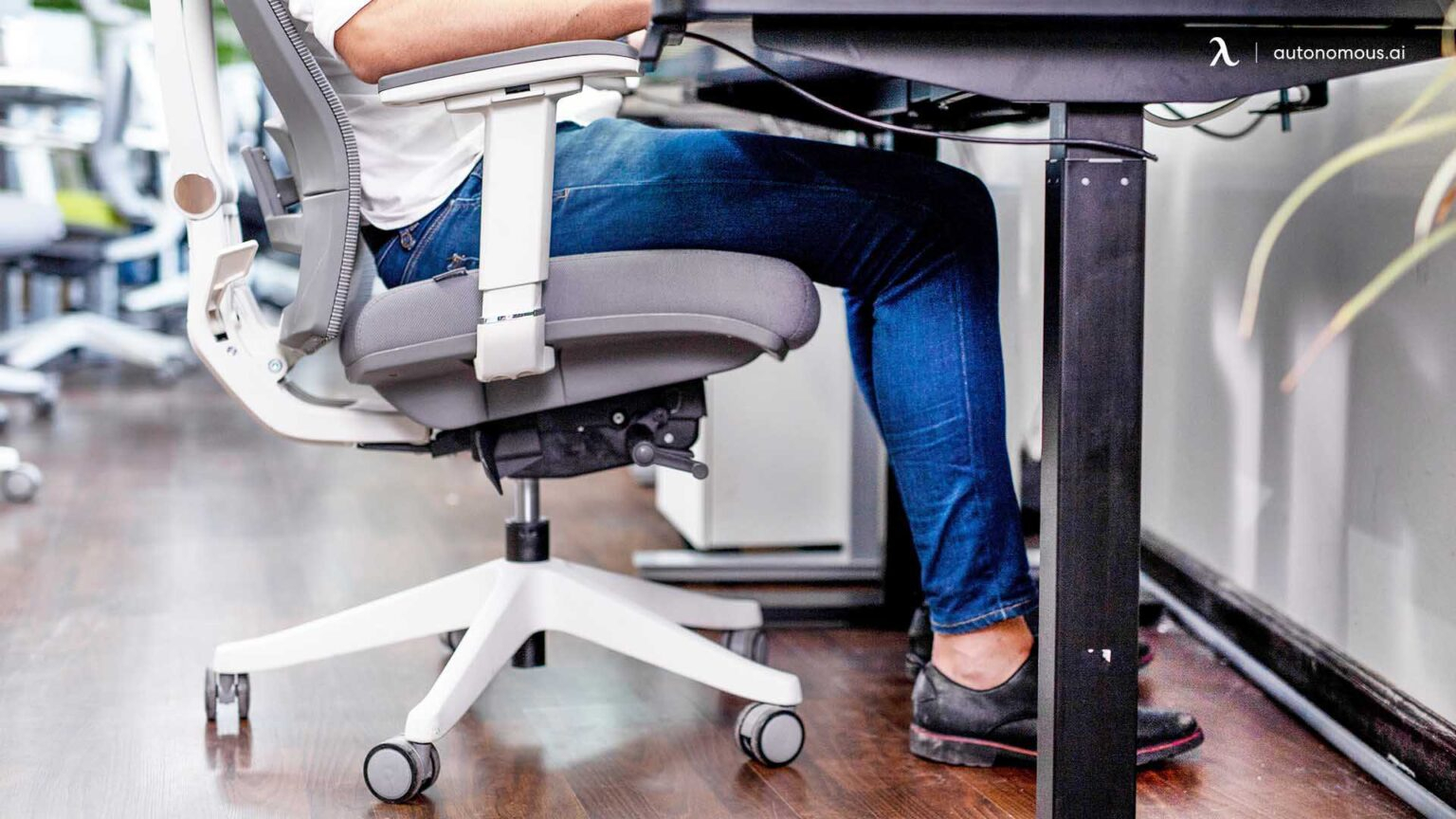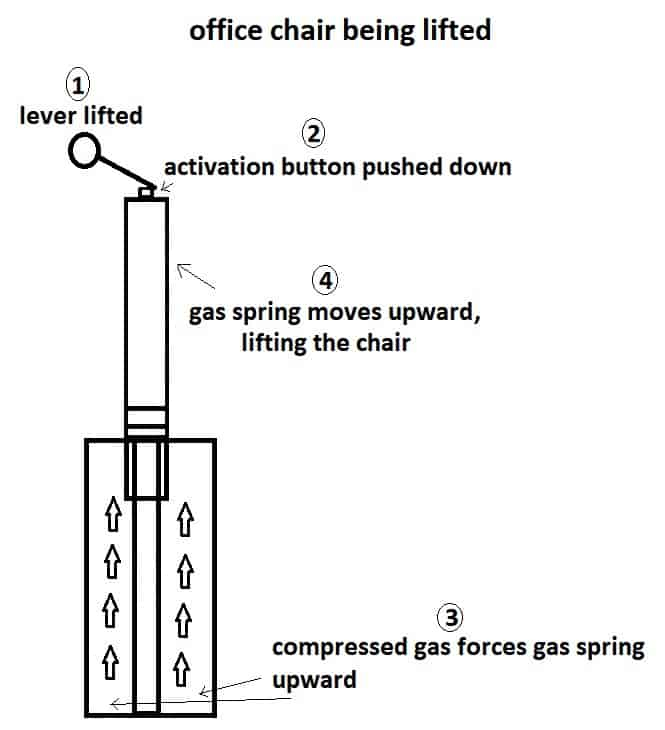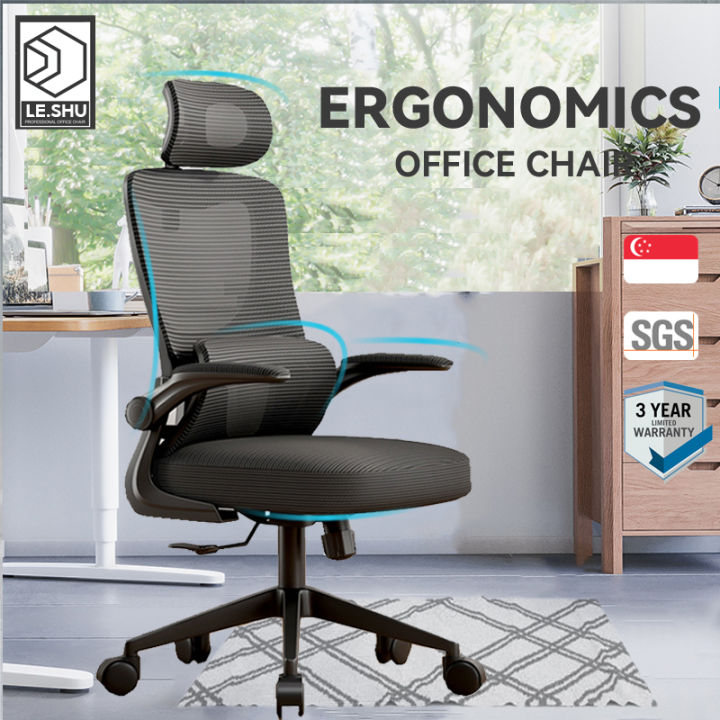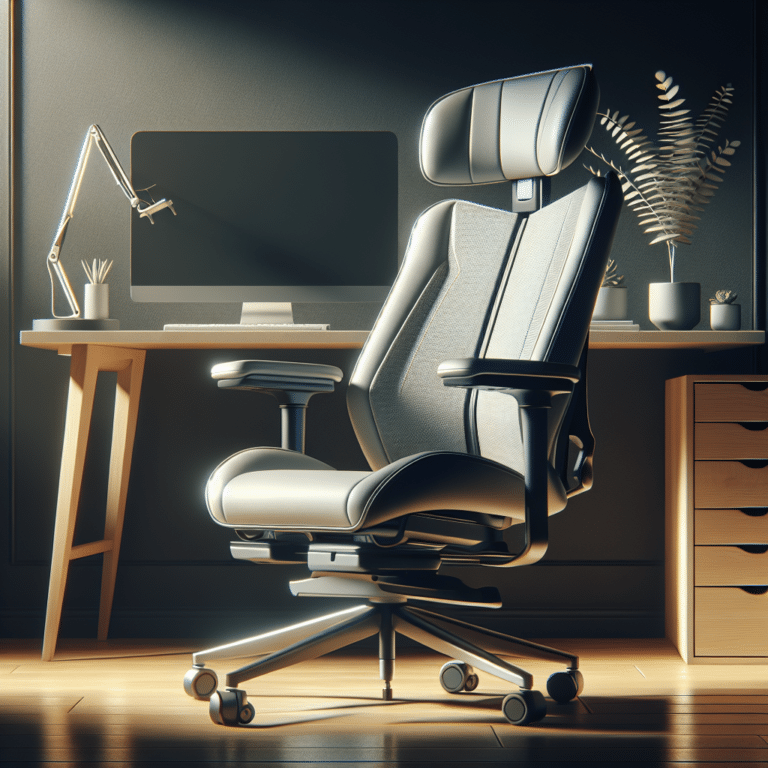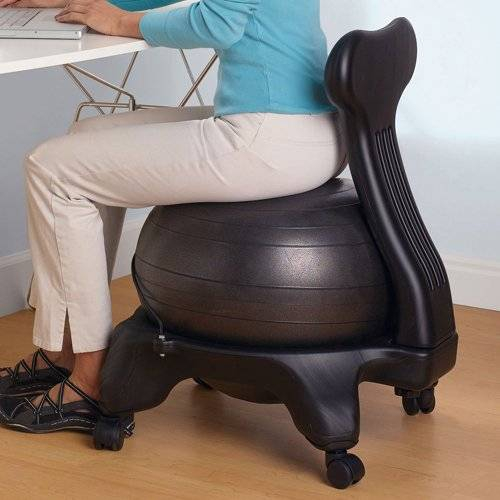We spend a huge chunk of our lives sitting, often in chairs that do us no favors. But what if the very thing causing your discomfort could actually be the solution to a healthier spine? It all comes down to choosing the right office chair. Let’s dive into how this everyday object can become your ally in reclaiming your spinal health.
Think about it. Hours upon hours, day after day, we’re perched on our office chairs. Whether you’re a graphic designer hunched over a screen, a writer crafting stories, or a manager leading a team, your chair plays a massive role in how your body feels. And let’s be honest, a lot of us are sitting in chairs that are less than ideal. This can lead to all sorts of aches and pains, especially in our backs. But the good news is, it doesn’t have to be that way. With a little know-how, you can pick a chair that supports your spine and even helps it heal. It’s not just about comfort; it’s about long-term well-being. So, how do we find that magical seat?
Understanding Your Spine’s Needs
Before we even look at chairs, it’s crucial to grasp what your spine actually needs when you’re sitting. Our spines aren’t naturally designed for prolonged sitting. They have a gentle ‘S’ curve that provides flexibility and shock absorption. When we sit poorly, this curve can flatten or become exaggerated, putting undue strain on the discs, muscles, and ligaments. Good sitting posture means maintaining that natural lumbar curve. Your chair should help you do this, not fight against it. Think of it like this: your chair is there to support the body’s natural architecture, not to force it into an unnatural position. It’s about creating an environment where your spine can rest in its optimal alignment.
Key Features to Look For in an Office Chair
Alright, so what makes a chair a spine-saver? several features are non-negotiable.
- Lumbar Support: This is probably the most important element. A good chair will have adjustable lumbar support that you can position to fit the curve of your lower back. Some chairs have built-in support, while others have cushions or adjustable panels. The goal is to fill that gap and prevent slouching.
- Adjustable Seat Height: Your feet should be flat on the floor, with your knees at about a 90-degree angle. This ensures your thighs are parallel to the floor and relieves pressure on your hamstrings and lower back.
- Adjustable Seat Depth: You should be able to fit about two to three fingers between the back of your knees and the edge of the seat. This prevents pressure on the back of your knees and ensures proper circulation.
- Adjustable Armrests: Armrests should be at a height that allows your shoulders to relax, with your elbows bent at roughly 90 degrees. This takes strain off your neck and shoulders.
- Swivel and Tilt Mechanism: The ability to swivel allows you to reach things without twisting your body unnaturally. A good tilt mechanism lets you recline slightly, distributing weight and reducing pressure on your discs.
- Breathable Material: While not directly related to spinal alignment, a breathable fabric can prevent discomfort and allow you to focus on your posture without getting too hot and bothered.
The Ergonomic Advantage: More Than Just a Buzzword
Ergonomics is all about designing workspaces and furniture to fit the user, maximizing efficiency and minimizing discomfort. An ergonomic office chair isn’t just fancy; it’s scientifically designed with your body in mind. It takes into account factors like posture, repetitive strain, and the physical demands of sitting for extended periods. When you invest in an ergonomic chair, you’re investing in your body’s ability to function optimally. It’s about creating a workspace that works with you, not against you. Think of it as a proactive measure against future pain and discomfort. It’s like getting a custom-fitted shoe for your back, ensuring every curve and contour is supported.
Common Sitting Mistakes and How Your Chair Can Help
We all fall into bad habits, right? Slouching, perching on the edge of the seat, crossing our legs – these can all wreak havoc on your spine over time. A well-chosen ergonomic chair actively combats these issues.
- Slouching: Good lumbar support and a chair that encourages upright posture will naturally deter slouching.
- Perching: A chair with adjustable seat depth and proper back support will make it uncomfortable to perch, encouraging you to sit back properly.
- Leg Crossing: While not directly a chair issue, a chair that allows for proper foot placement and knee angle can make it easier to keep both feet on the floor, reducing the temptation to cross legs.
Finding the Right Fit: Personalizing Your Seating Experience
Not all bodies are created equal, and neither are chairs. What works for one person might not work for another. When you’re shopping, try to test chairs out if possible. Sit in them for a few minutes. Adjust everything you can. Does the lumbar support hit the right spot? Can you comfortably reach your desk? Don’t be afraid to experiment. Some brands offer different sizes or specialized chairs for specific body types. Consider your height, weight, and any pre-existing back conditions. If you have specific needs, consulting with an ergonomics specialist or a physical therapist can provide invaluable guidance in selecting the perfect chair for your unique situation.
Beyond the Chair: Complementary Habits for Spinal Health
While a great office chair is a fantastic start, it’s not the whole story. To truly reclaim your spinal health, you need to incorporate other healthy habits into your workday and life.
- Take Regular Breaks: Get up and move around every 30-60 minutes. Even a short walk or some simple stretches can make a world of difference.
- Incorporate Movement: Try to build some form of physical activity into your day, whether it’s a lunchtime walk, a gym session, or a yoga class. Strengthening your core and back muscles is crucial for supporting your spine.
- Mind Your Posture Off the Chair: Be mindful of your posture when standing, walking, and even sleeping. Good habits extend beyond the office.
- Stay Hydrated: Water is essential for keeping your spinal discs healthy and lubricated.
- Listen to Your Body: Don’t ignore persistent pain. If something feels wrong, seek professional advice.
Choosing the right office chair is a powerful step toward safeguarding your spinal health. It’s about more than just sitting comfortably; it’s about supporting your body’s natural structure and preventing the long-term damage that can come from prolonged, poor posture. By understanding what to look for – adjustable lumbar support, proper height and depth, and ergonomic design – you can transform your workspace into a haven for your back. Remember, a great chair is a tool, and when combined with mindful movement and healthy habits, you’re well on your way to a healthier, happier spine. So, go ahead, find that perfect seat. Your future self will definitely thank you.



